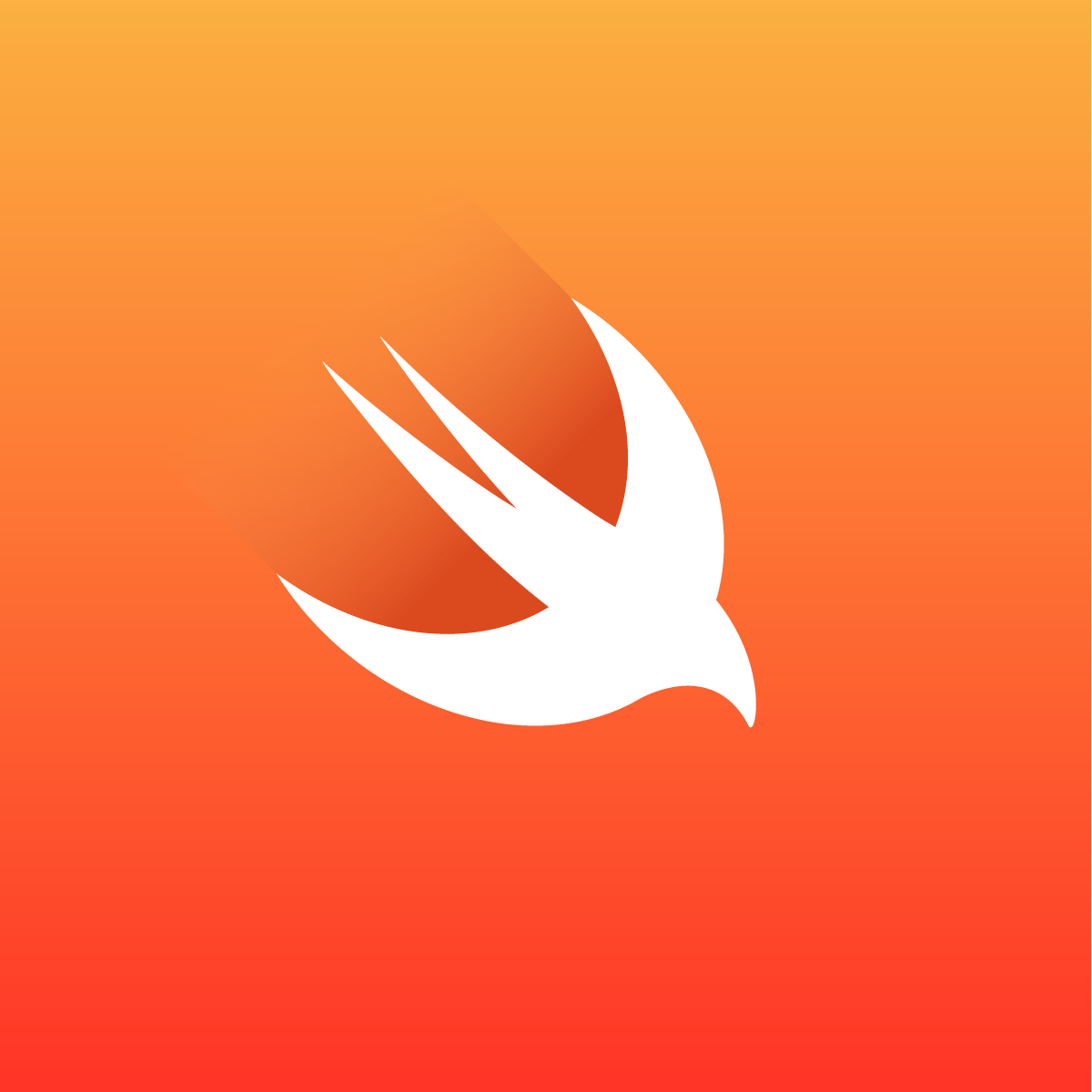- August 28, 2025
- Mins Read
URLNavigator provides an elegant way to navigate through view controllers by URLs. URL patterns can be mapped by using URLNavigator.register(_:_:) function.
URLNavigator can be used for mapping URL patterns with 2 kind of types: URLNavigable and URLOpenHandler. URLNavigable is a type which defines an custom initializer and URLOpenHandler is a closure which can be executed. Both an initializer and a closure receive an URL and placeholder values.
Getting Started
1. Understanding URL Patterns
URL patterns can contain placeholders. Placeholders will be replaced with matching values from URLs. Use < and > to make placeholders. Placeholders can have types: string(default), int, float, and path.
For example, myapp://user/<int:id> matches with:
myapp://user/123myapp://user/87
But it doesn’t match with:
myapp://user/devxoul(expected int)myapp://user/123/posts(different url structure)/user/devxoul(missing scheme)
2. Mapping View Controllers and URL Open Handlers
URLNavigator allows to map view controllers and URL open handlers with URL patterns. Here’s an example of mapping URL patterns with view controllers and a closure. Each closures has three parameters: url, values and context.
urlis an URL that is passed frompush()andpresent().valuesis a dictionary that contains URL placeholder keys and values.contextis a dictionary which contains extra values passed frompush(),present()oropen().
let navigator = Navigator()
// register view controllers
navigator.register(“myapp://user/<int:id>”) { url, values, context in
guard let userID = values[“id”] as? Int else { return nil }
return UserViewController(userID: userID)
}
navigator.register(“myapp://post/<title>”) { url, values, context in
return storyboard.instantiateViewController(withIdentifier: “PostViewController”)
}
// register url open handlers
navigator.handle(“myapp://alert”) { url, values, context in
let title = url.queryParameters[“title”]
let message = url.queryParameters[“message”]
presentAlertController(title: title, message: message)
return true
}
3. Pushing, Presenting and Opening URLs
URLNavigator can push and present view controllers and execute closures with URLs.
Provide the from parameter to push() to specify the navigation controller which the new view controller will be pushed. Similarly, provide the from parameter to present() to specify the view controller which the new view controller will be presented. If the nil is passed, which is a default value, current application’s top most view controller will be used to push or present view controllers.
present() takes an extra parameter: wrap. If a UINavigationController class is specified, the new view controller will be wrapped with the class. Default value is nil.
Navigator.push(“myapp://user/123”)
Navigator.present(“myapp://post/54321”, wrap: UINavigationController.self)
Navigator.open(“myapp://alert?title=Hello&message=World”)
Installation
URLNavigator officially supports CocoaPods only.
Podfile
pod ‘URLNavigator’
Example
You can find an example app here.
- Build and install the example app.
- Open Safari app
- Enter
navigator://user/devxoulin the URL bar. - The example app will be launched.
Tips and Tricks
Where to initialize a Navigator instance
-
Define as a global constant:
let navigator = Navigator()
class AppDelegate: UIResponder, UIApplicationDelegate {
// …
}
2. Register to an IoC container:
container.register(NavigatorProtocol.self) { _ in Navigator() } // Swinject
let navigator = container.resolve(NavigatorProtocol.self)!
3. Inject dependency from a composition root.
Where to Map URLs
I’d prefer using separated URL map file.
struct URLNavigationMap {
static func initialize(navigator: NavigatorProtocol) {
navigator.register(“myapp://user/<int:id>”) { … }
navigator.register(“myapp://post/<title>”) { … }
navigator.handle(“myapp://alert”) { … }
}
}
Then call initialize() at AppDelegate‘s application:didFinishLaunchingWithOptions:.
@UIApplicationMain
final class AppDelegate: UIResponder, UIApplicationDelegate {
func application(
_ application: UIApplication,
didFinishLaunchingWithOptions launchOptions: [UIApplicationLaunchOptionsKey: Any]?
) -> Bool {
// Navigator
URLNavigationMap.initialize(navigator: navigator)
// Do something else…
}
}
Implementing AppDelegate Launch Option URL
It’s available to open your app with URLs if custom schemes are registered. In order to navigate to view controllers with URLs, you’ll have to implement application:didFinishLaunchingWithOptions: method.
func application(
_ application: UIApplication,
didFinishLaunchingWithOptions launchOptions: [UIApplicationLaunchOptionsKey: Any]?
) -> Bool {
// …
if let url = launchOptions?[.url] as? URL {
if let opened = navigator.open(url)
if !opened {
navigator.present(url)
}
}
return true
}
Implementing AppDelegate Open URL Method
You’ll might want to implement custom URL open handler. Here’s an example of using URLNavigator with other URL open handlers.
func application(_ application: UIApplication, open url: URL, sourceApplication: String?, annotation: Any) -> Bool {
// If you’re using Facebook SDK
let fb = FBSDKApplicationDelegate.sharedInstance()
if fb.application(application, open: url, sourceApplication: sourceApplication, annotation: annotation) {
return true
}
// URLNavigator Handler
if navigator.open(url) {
return true
}
// URLNavigator View Controller
if navigator.present(url, wrap: UINavigationController.self) != nil {
return true
}
return false
}
Passing Extra Values when Pushing, Presenting and Opening
let context: [AnyHashable: Any] = [
“fromViewController”: self
]
Navigator.push(“myapp://user/10”, context: context)
Navigator.present(“myapp://user/10”, context: context)
Navigator.open(“myapp://alert?title=Hi”, context: context)
Defining custom URL Value Converters
You can define custom URL Value Converters for URL placeholders.
For example, the placeholder <region> is only allowed for the strings ["us-west-1", "ap-northeast-2", "eu-west-3"]. If it doesn’t contain any of these, the URL pattern should not match.
Add a custom value converter to the [String: URLValueConverter] dictionary on your instance of Navigator.
navigator.matcher.valueConverters[“region”] = { pathComponents, index in
let allowedRegions = [“us-west-1”, “ap-northeast-2”, “eu-west-3”]
if allowedRegions.contains(pathComponents[index]) {
return pathComponents[index]
} else {
return nil
}
}
With the code above, for example, myapp://region/<region:_> matches with:
myapp://region/us-west-1myapp://region/ap-northeast-2myapp://region/eu-west-3
But it doesn’t match with:
myapp://region/ca-central-1
For additional information, see the implementation of default URL Value Converters.
GitHub
- August 27, 2025
- SwiftUI
This package provides you with an easy way to show tooltips over any SwiftUI view, since Apple does not provide ...
- August 27, 2025
- SwiftUI
- Uncategorized
SimpleToast is a simple, lightweight, flexible and easy to use library to show toasts / popup notifications inside iOS or ...
- August 27, 2025
- SwiftUI
Create Toast Views with Minimal Effort in SwiftUI Using SSToastMessage. SSToastMessage enables you to effortlessly add toast notifications, alerts, and ...



